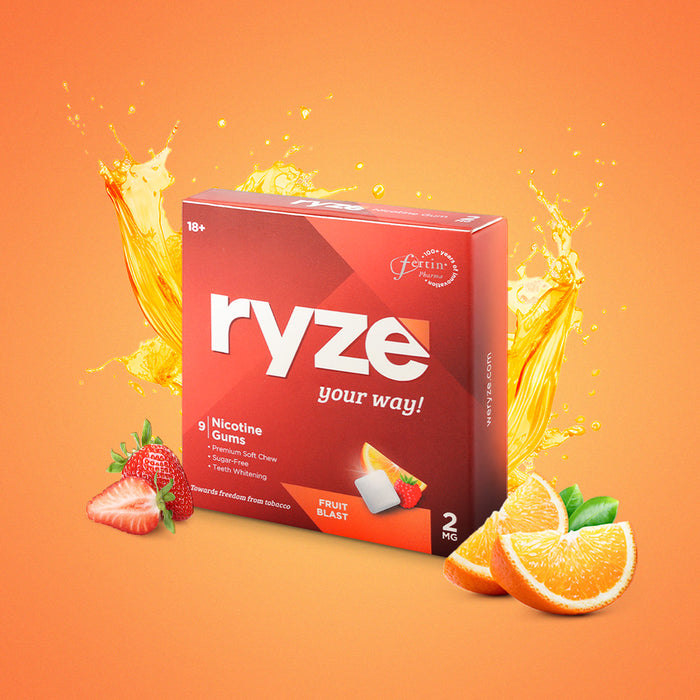Revolutionizing Quitting: Exploring the Science-Backed Secrets of Nicotine Replacement Therapy
If you have thought about quitting tobacco, you are halfway towards a better future. But the other half is challenging- to become completely tobacco-free will ask the best of your emotional and mental strength. One of the best tools towards a chew and smoke-free future is Nicotine Replacement Therapy (NRT).
NRT has revolutionised the process of quitting, making it more manageable for millions of people. Let's explore the science-backed secrets of NRT and its effectiveness in helping users quit tobacco.
Scientific Evidence Behind NRT
What are the scientific studies supporting NRT? Comprehensive research has shown the effectiveness of NRT in helping people quit tobacco. Studies indicate that using NRT can double or even triple the chances of quitting successfully compared to going cold turkey. These studies have evaluated various forms of NRT, including nicotine gums, nicotine patches, lozenges, and inhalers, finding that all of them can effectively manage cravings and withdrawal symptoms.
According to nicotine replacement therapy statistics, using NRT can significantly increase the chances of quitting successfully compared to going cold turkey. One such evidence-based study published in The Cochrane Database of Systematic Reviews analysed 136 trials involving more than 64,000 participants and found that NRT increases the chances of successfully quitting by 50-70% (Hartmann-Boyce et al., 2018).
Another evidence for nicotine replacement therapy study in the journal Addiction reported that all forms of NRT, including patches, gum, lozenges, and inhalers, effectively manage cravings and withdrawal symptoms (Stead et al., 2012). These findings highlight the power of NRT as a science-backed tool to support individuals in their journey towards a tobacco-free life.
Factors Influencing the Effectiveness of NRT
What are the factors that affect the effectiveness of NRT? While it has proven to be a powerful tool for quitting tobacco, several factors can influence it:
- Duration Of Use: Adhering to the recommended duration of NRT use is crucial for achieving the best results. Depending on the NRT product and individual circumstances, this can vary from 8 to 12 weeks or even longer.
- Correct Usage: Using NRT products correctly is essential for maximising their benefits. For example, RYZE nicotine gum should be chewed slowly, with a "chew park chew" technique to facilitate proper absorption of nicotine.
- Individual Factors: Personal factors such as the level of addiction, smoking or chewing history, and individual motivation can impact the effectiveness of NRT. Choosing the right NRT product and dosage is important based on these factors.
- Comprehensive Quitting Plan: Combining NRT with other support measures like counselling, therapy, or support groups can significantly improve its effectiveness and increase the likelihood of long-term success.
Addressing The Issue of Tobacco Consumption
Tobacco use is deeply ingrained in our culture, with millions of people chewing tobacco in various forms like cigarettes, bidis, and gutkha. NRT has the potential to make a significant by offering science-backed, accessible, and effective support towards quitting. By acknowledging the unique challenges of tobacco use in India and adapting NRT strategies accordingly, we can help more individuals break free from tobacco dependency.
Conclusion
Nicotine Replacement Therapy has revolutionised quitting tobacco, with numerous scientific studies supporting its effectiveness. You can embrace a tobacco-free life by understanding the factors influencing NRT's effectiveness and tailoring a conducive approach.
As the saying goes, "Kal kare so aaj kar" - there's no better time than now to take the first step towards a healthier future with the help of NRT.















